Every Golfer Dreams Of Hitting The Perfect Drive... And Our Two Experts Reveal How It's Done
Hitting the perfect drive is definitely achievable, and with the help of Two Golf Monthly Top 50 Coaches, Tom Motley and Katie Dawkins, we explain how...


If you want to hit the ball sweetly and accurately off the tee, you have to nail the basics. With this being such an important area of the game, we sought the expertise of two Golf Monthly Top 50 Coaches to share their advice. In the article by Tom Motley, and the accompanying video from Katie Dawkins, we delve deep into the basics to help you improve your understanding of how to hit the perfect drive...
1. Weight Distribution

The type of set-up you should be looking to adopt has the pressure feeling like it’s 50/50 between the feet. I tell a lot of my students, especially those who don’t have so much mobility in their hips, to flare the lead foot out slightly, which opens up the hip joint and allows it to move laterally and rotate comfortably.
If the lead foot is square, or slightly pigeon-toed, it can lock the lead hip joint and limit its lateral movement. As a result, the lead hip often pulls up and back, and the foot spins out. Eight out of ten recreational golfers I see do not have the ability to rotate around that point with the foot square.
2. Spine Tilt

I like to see that the neck, eyes, sternum and centre of the pelvis have matching angles. I call this ‘setting the eyes’. When there’s curvature in the spine versus the neck, it creates unwanted movement.
When you’re next setting up with the driver, think of it like this: “I just want to tip a little bit of water out of my right (trail) ear.” This will help you settle into the right position. This slight spine tilt away from the target will help provide a positive angle of attack, which is what you want with your driver.
3. Holding The Club
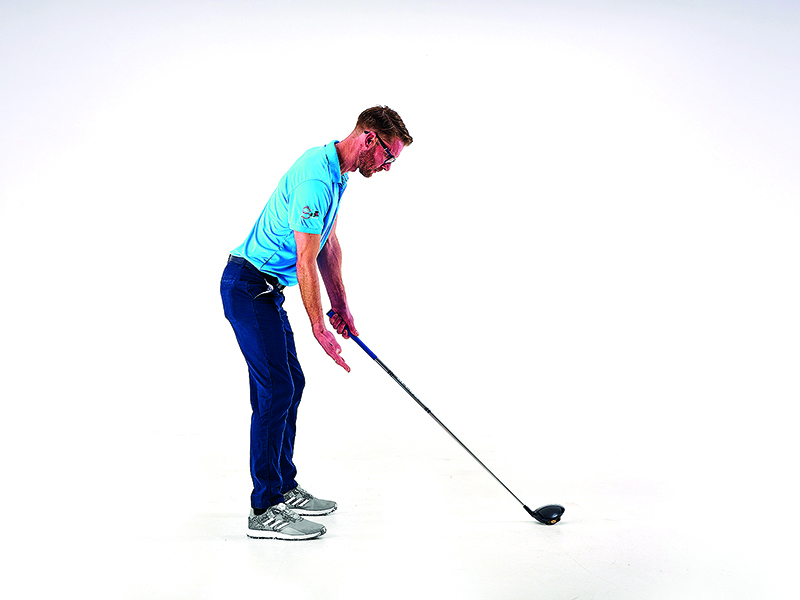
Many golfers create a problem in the swing by setting the wrong levels with the forearms. I like to get people thinking about bringing that right (trail) shoulder in from underneath the left hand to take the grip, rather from round and over the top.
It’s important that you don’t have the butt of the club too close to your body, otherwise you’re going to need to find some space in the downswing to get back into the ball properly.
Get the Golf Monthly Newsletter
Subscribe to the Golf Monthly newsletter to stay up to date with all the latest tour news, equipment news, reviews, head-to-heads and buyer’s guides from our team of experienced experts.
4. Grip Pressure
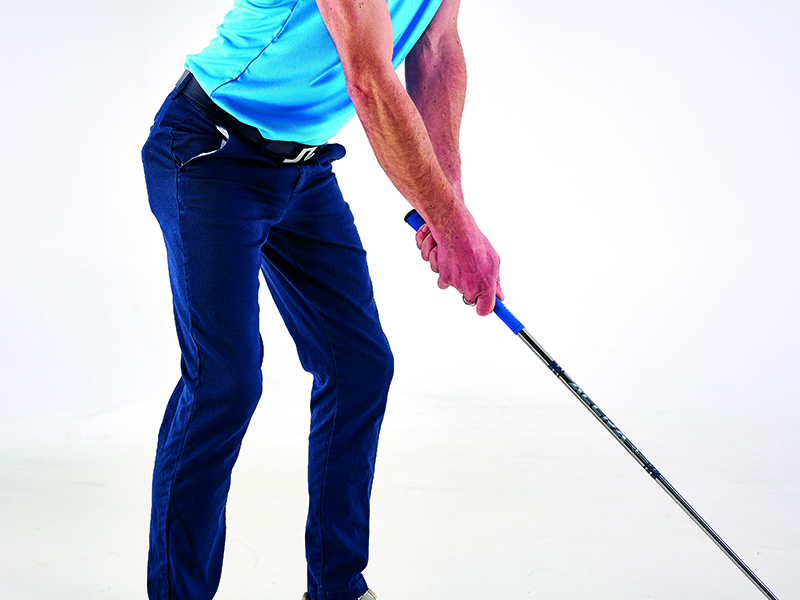
In terms of grip strength, I always say that if you hold the club up in front of you, you want to be gripping it hard enough that someone can’t pull it out of your hands, but not so hard that they could pull you over. You don’t want the level of pressure that you’re putting on your grip to feed on into your forearms as tension.
If the forearms are relaxed, and you’ve got a firm grip, that’s a good benchmark. There shouldn't be any veins popping out of my forearms, and my grip pressure is about a 5/10 (10 being very tight).
5. Extend Without Swaying

You should keep the arms fairly straight in the takeaway, which allows the ‘set’ to happen naturally in the backswing. The key point to remember when taking the club back is that you don’t want a lot of lateral sway away from the ball.
The lower half pretty much wants to maintain its position; it just rotates around its central point. Once the hips sway away from the ball, it then becomes a real lottery as to whether or not you can return the club square to the ball.
6. Up To The Top
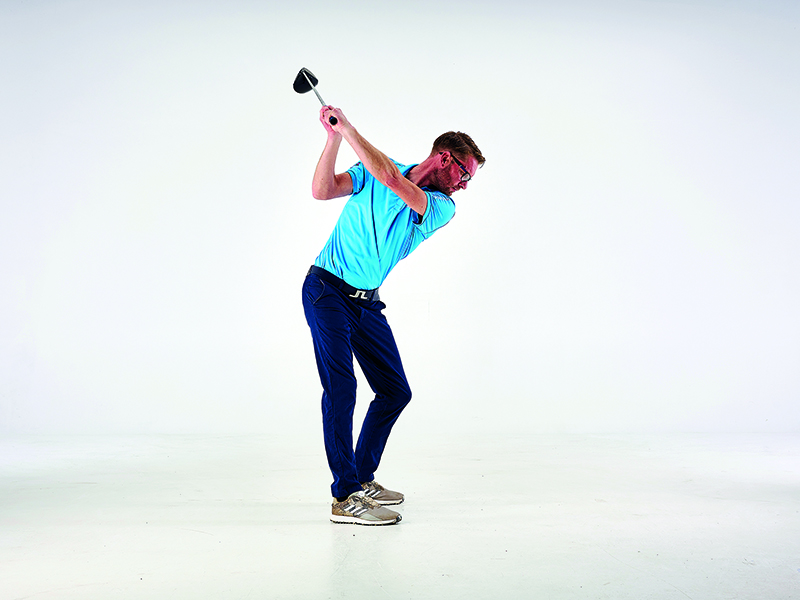
When people ask me for backswing tips, I simply say it’s best just to think about maintaining your width throughout; that way, the wrists will hinge naturally. I put it like this: you want to feel like your trail arm is always seeking to be straight, knowing that it can’t be, so you’ve always got that level of pressure through the right arm to keep that connection. If you take that pressure away, that’s when the arms tend to fold.
7. Starting Down

It wouldn’t hurt for you to rehearse getting into this position. I like my students to think about pumping into the lead foot. Get to the top of your swing and then get used to pushing into your left foot – it will feel like you’re resisting your upper body.
What you don’t want to do is feel like you’re moving the upper body forwards to pump into it. Imagine the force going diagonally from the trail shoulder – not vertically down or laterally forward – but diagonally to the ball of the lead toe.
8. Downswing

Above are two typical ‘death moves’ I often see among club golfers. The most common is where the player hangs back and then, in an effort to hit up on the ball, gets ‘scoopy’ with the hands.
If you’ve been accused of ‘scooping’, don’t think ‘hit up’ as this can encourage golfers to back up and hit off the back foot, which is when you get that ‘scoopy’ action. Rather, think ‘hit out’. If you’ve nailed your set-up, the outward path/swing direction should take care of the angle of attack.
9. The 'Straight Arm' Drill

There are hundreds of different driver drills, but I like this one because it helps with so many different aspects of the swing, and teaches good ‘feels’. It’s called the ‘straight arm’ drill, where the idea is to hit no more than half swings, and build up the pace.
Here’s a challenge for you: hit 10 balls at half speed to within a 30-yard gap; 10 balls at three-quarter speed to within a 35-yard wide gap; and then 10 balls at full speed into a 40-yard gap.
Tracks your scores. Perhaps you can find the ideal speed to help you hit the fairways more often on those tight driving holes around your home course.
10. Finish

A lot of people ask me what the importance of a good finish is. Really, the finish is a by-product of what’s gone before. Work on the basics, and that will give you a good chance of finishing in a position where you feel in balance and extended, with your chest facing the target.

Location: The Kendleshire
Tom Motley has been a PGA professional since 2005. He offers a high level of coaching, utilising the best possible coaching technology eg Swing Catalyst with pressure plates, TrackMan 4 along with a vast array of training aids. Tom continually develops his skills through spending time with some of the best coaches across the globe.
Teaching philosophy:
Player first, swing second and understanding the human in front of you is so important. Swing techniques are all different and players want different things from a coach. It is my job to ensure I know how the player works, learns and is most comfortable to ensure they get the most benefit out of each session. On a technical level, simplicity is key but sometimes simple is left incomplete, so deliver the information is the simplest way for any student but don’t leave a session without the player having full understanding.
Most common problem:
Many have poor concept of what they’re doing/trying to do technically. For this clear communication of faults and fixes is key. Secondly players have expectation levels beyond their skill set, course management is in my opinion one of the most under-taught aspects of the game yet the most influential on lowering players' scores. Seeing players of all levels playing is a huge part of my coaching to ensure I coach the player and the players game not just the swing.
Most common impact fault:
Clubface orientation. Most players don’t understand why the ball does what it does. By explaining why they have a certain ball flight and giving the focus on start direction rather than swing path quite often a player starts to straighten ball flight. Also off-centre impacts and a lack of understanding of what gear effect is.
- Michael WestonContributing editor
- Katie DawkinsAdvanced PGA Professional and freelance contributor
-
 Volvo China Open 2025 Picks, Odds And Predictions
Volvo China Open 2025 Picks, Odds And PredictionsFollowing a break for The Masters, the DP World Tour returns for the final two weeks of its Asian Swing and the Volvo China Open is the penultimate event
By Jonny Leighfield
-
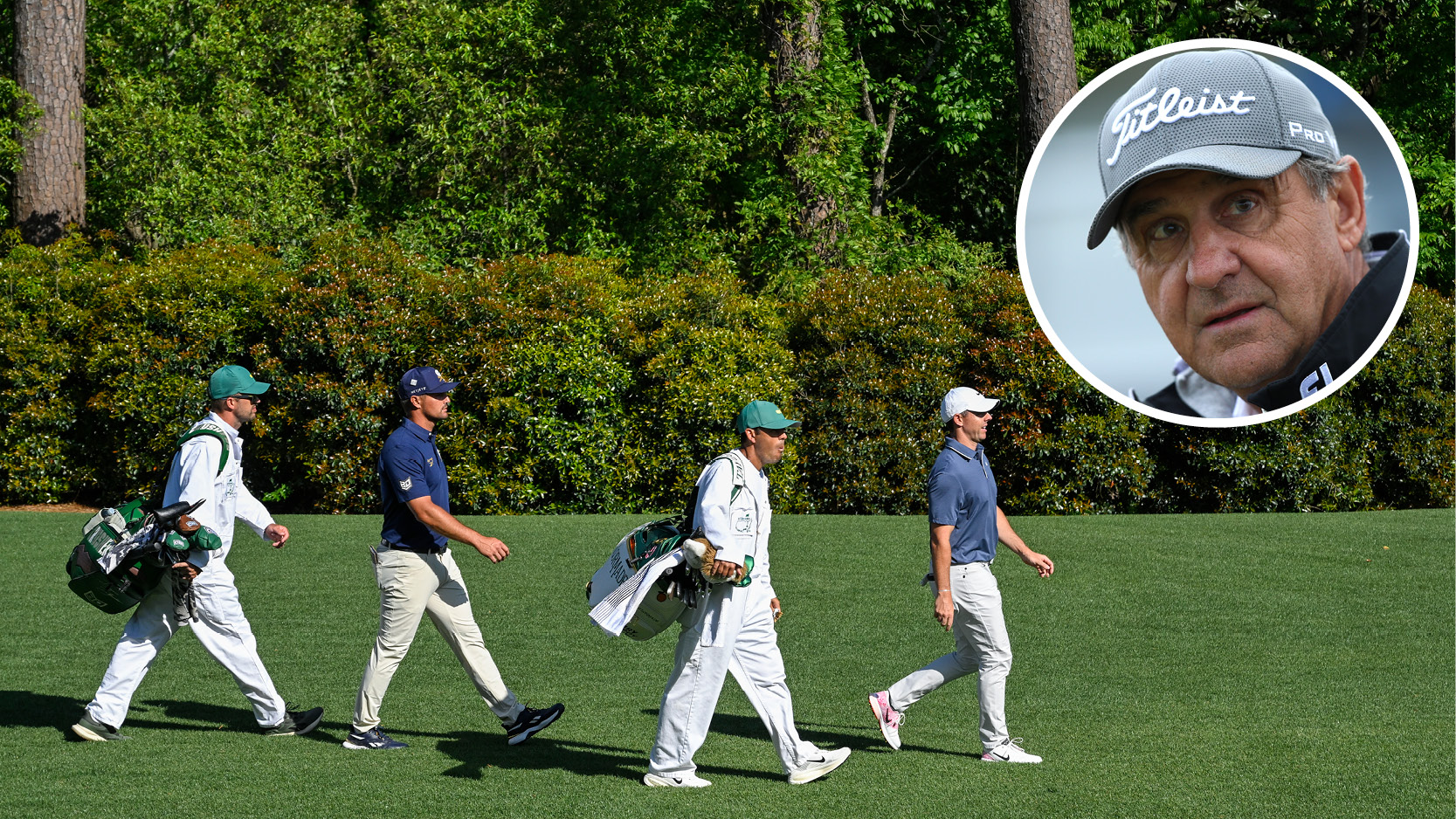 Rory McIlroy's Sports Psychologist Explains Why He 'Didn't Talk' To Bryson DeChambeau In Masters Final Round
Rory McIlroy's Sports Psychologist Explains Why He 'Didn't Talk' To Bryson DeChambeau In Masters Final RoundDeChambeau raised eyebrows at Augusta National when claiming that McIlroy wouldn't engage in conversation during the final round of The Masters
By Jonny Leighfield
-
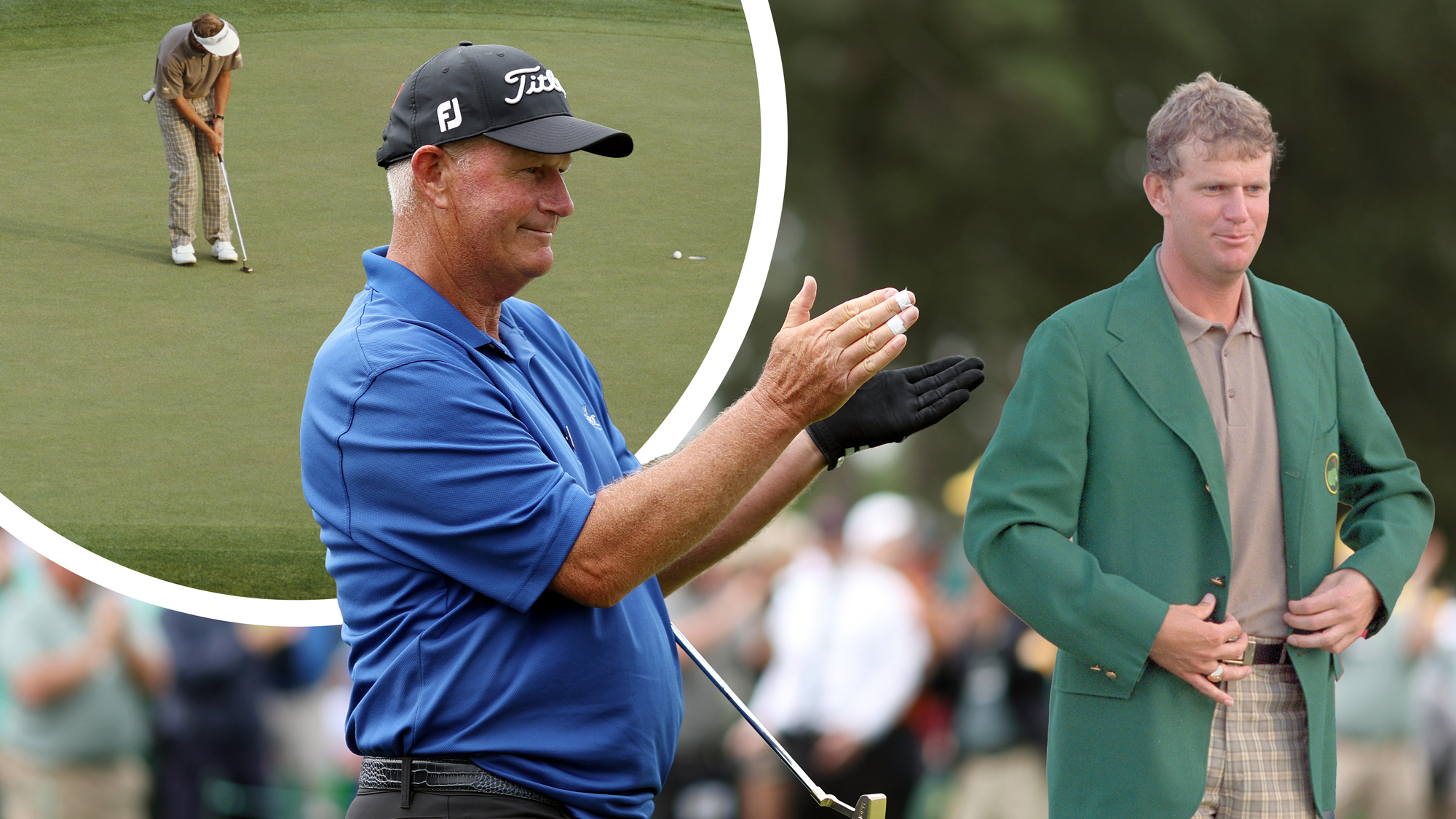 Sandy Lyle Shared 3 Top Tips With Us Prior To Winning The Masters in 1988... And They Could Still Save You Shots 37 Years Later
Sandy Lyle Shared 3 Top Tips With Us Prior To Winning The Masters in 1988... And They Could Still Save You Shots 37 Years LaterThe 1988 Masters Champion shared his expert tips in the January 1988 issue of Golf Monthly, but they are still absolute gems for amateur golfers to this day...
By Barry Plummer
-
 Are You More Accurate Than The Average Amateur Golfer? Peter Finch Can Help You Hit More Fairways In 2025
Are You More Accurate Than The Average Amateur Golfer? Peter Finch Can Help You Hit More Fairways In 2025There is no better feeling than striping one down the middle of the fairway, but many amateurs struggle with accuracy. Peter Finch has four pro tips to help...
By Barry Plummer
-
 Are You A Victim Of This Destructive Golf Swing Fault? Let Me Help You Fix It Before You Tee It Up This Weekend
Are You A Victim Of This Destructive Golf Swing Fault? Let Me Help You Fix It Before You Tee It Up This WeekendAn overswing in golf is a destructive habit which can cost us precious shots on the golf course, but PGA Pro John Jacobs has a quick fix to get us game ready...
By Barry Plummer
-
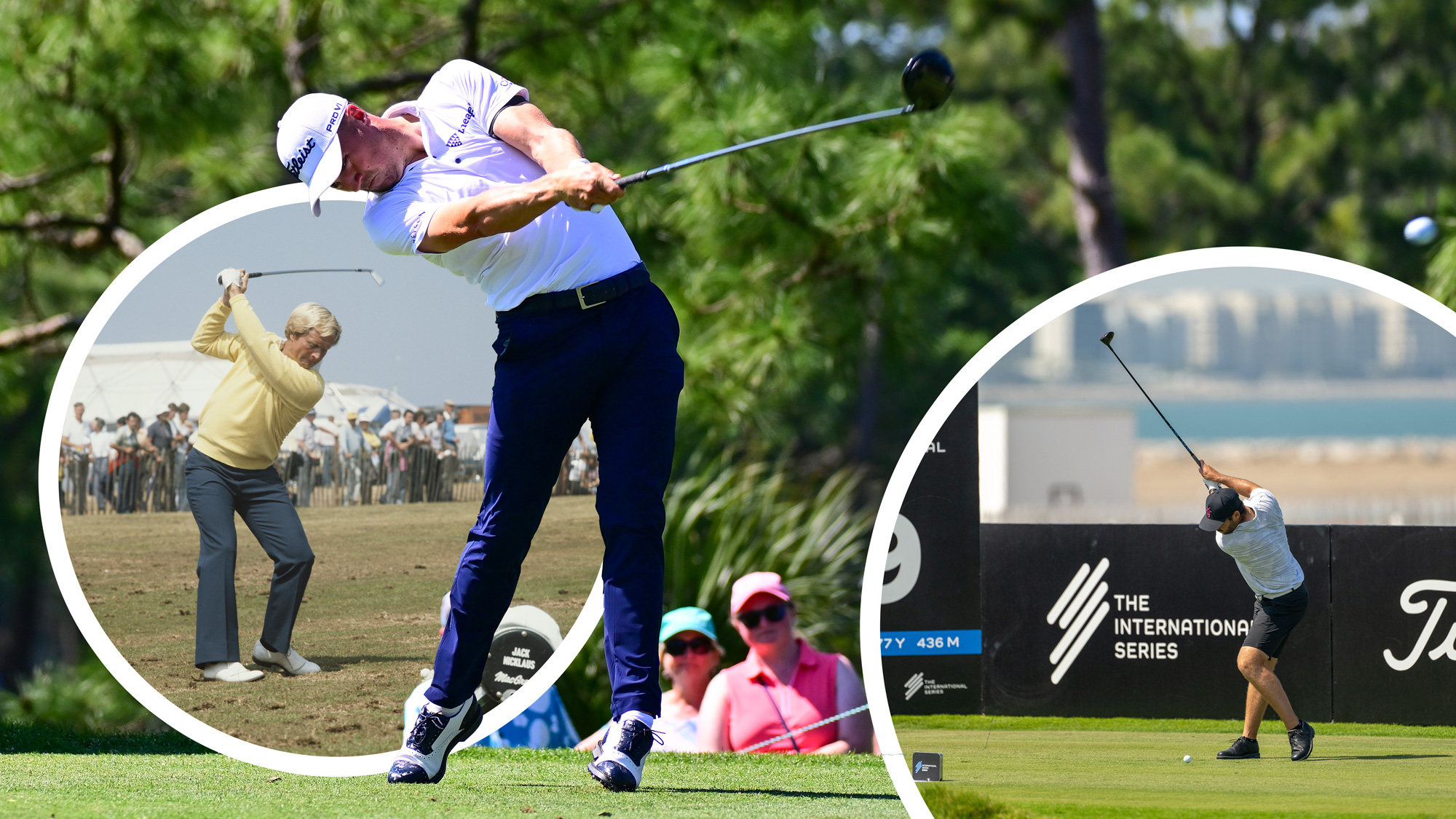 Do You Struggle With Distance Off The Tee? Try This Quick Fix To Make 2025 Your Biggest Golf Season Yet
Do You Struggle With Distance Off The Tee? Try This Quick Fix To Make 2025 Your Biggest Golf Season YetStruggling with distance off the tee could be a major reason why your handicap isn't coming down or your scores aren't improving, but our quick fix can help...
By Barry Plummer
-
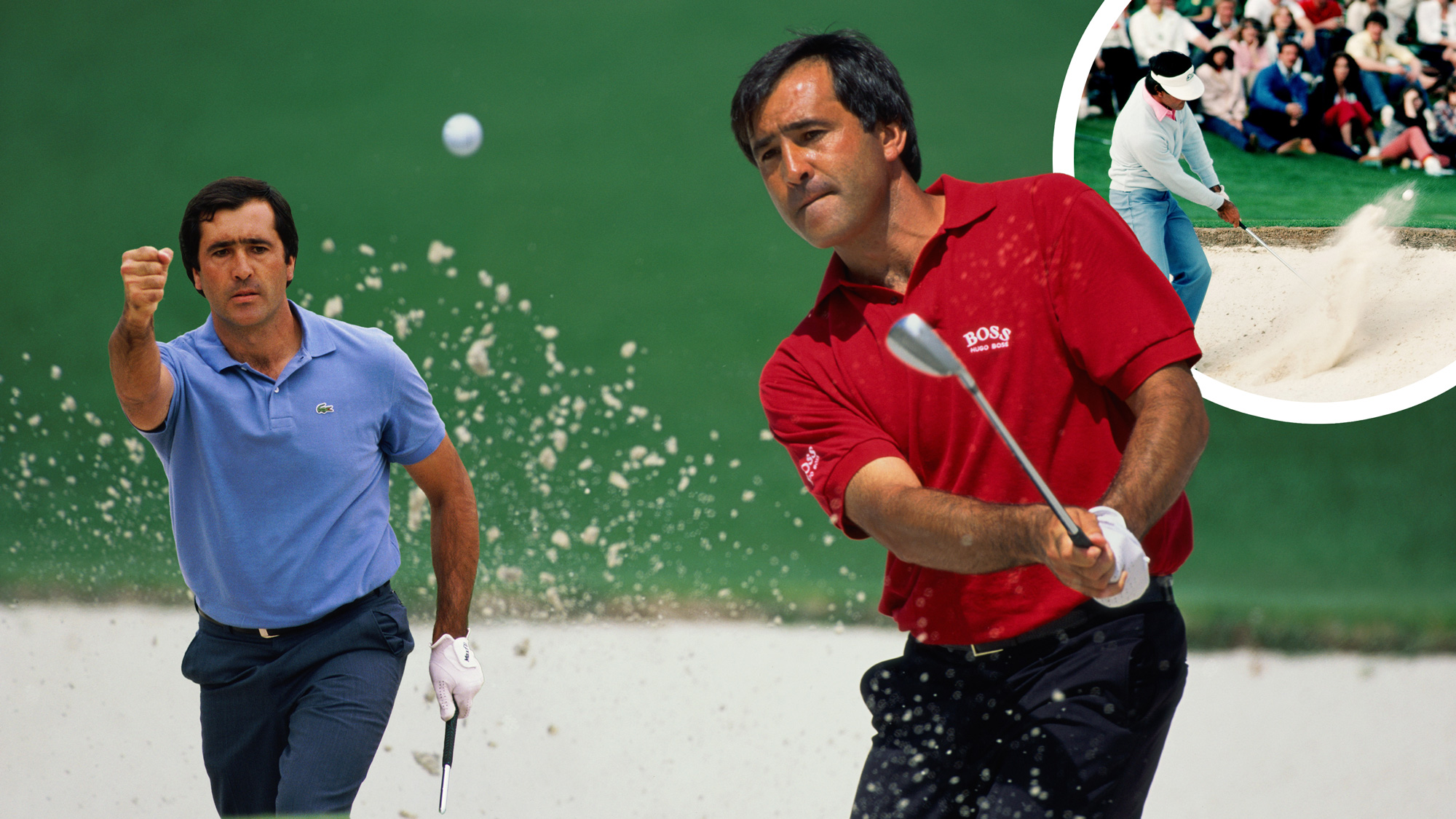 Seve's 'Lost' Bunker Lesson: Master Slopes And Transform Your Short Game Today
Seve's 'Lost' Bunker Lesson: Master Slopes And Transform Your Short Game TodaySeve's forgotten bunker lesson, from Golf Monthly's August 1983 issue, could hold the secret to better bunker play and supercharging your short game this season
By Barry Plummer
-
 Is Your Golf Swing Failing You? This All-Encompassing Drill Can Instantly Save It
Is Your Golf Swing Failing You? This All-Encompassing Drill Can Instantly Save ItAre you struggling with your golf swing? Discover the all-encompassing drill that can fix common swing faults and restore your game. Get back on track today!
By Tom Motley
-
 I Attended An Exclusive Tee To Green Masterclass With A Top Golf Coach... Now I'm Sharing His 6 Transformative Tips With You
I Attended An Exclusive Tee To Green Masterclass With A Top Golf Coach... Now I'm Sharing His 6 Transformative Tips With YouFew golfers get the chance to spend an entire day with a top golf coach, which is why I can't keep his six expert tips to myself. Get ready to play better golf!
By Barry Plummer
-
 5 Things The Biggest Hitters Do To Generate Power In Their Golf Swing (And How You Can Copy Them)
5 Things The Biggest Hitters Do To Generate Power In Their Golf Swing (And How You Can Copy Them)Generating more power is a great way to improve your handicap and shoot lower scores. So, we analysed the biggest hitters in golf to help you hit it further...
By Barry Plummer